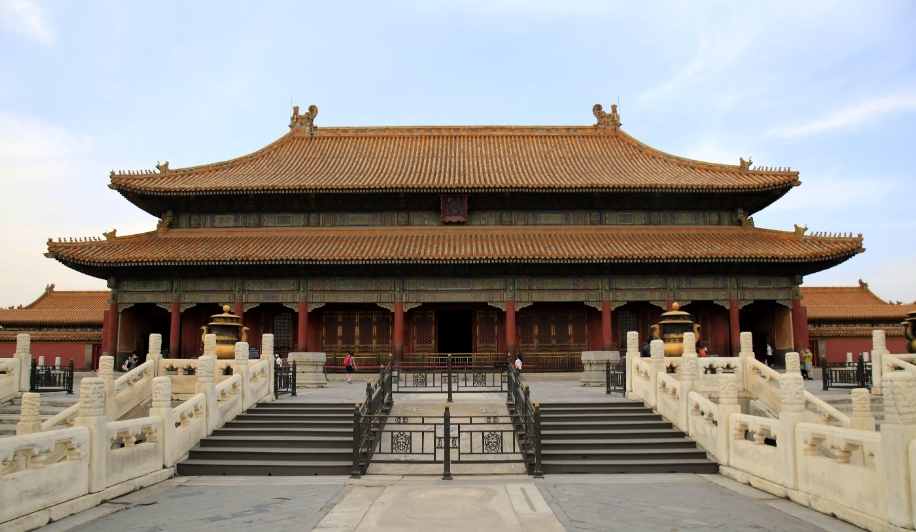
The Dragon Throne: A Seat of Power in the Heart of the Forbidden City
The Dragon Throne of the Emperor of China, pictured here in the Palace of Heavenly Purity (乾清宫, Qianqing Gong), was far more than just a seat. It was a powerful symbol of the emperor's authority, placed strategically at the very heart of the Forbidden City, a city designed to embody the emperor's supreme power and connection to the cosmos. The Forbidden City itself, with its meticulously planned layout, was considered the center of the world, a microcosm of the universe ruled by the Son of Heaven.
Reaching the Dragon Throne was a journey intended to inspire awe and submission. A visitor, be it official or ambassador, would have to navigate a series of gates, courtyards, and increasingly opulent halls, each step emphasizing the emperor's exalted status. The sheer scale and grandeur of the Forbidden City, with its intricate decorations and symbolic architecture, served as a constant reminder of the emperor's absolute power.
The Palace of Heavenly Purity, where the throne resided, was the emperor's throne room and the epicenter of this symbolic universe. Elevated on a platform and situated within a space imbued with auspicious symbolism, the Dragon Throne itself was a masterpiece of craftsmanship. Often crafted from precious woods like zitan and adorned with intricate carvings of dragons, phoenixes, and other auspicious motifs, it represented the pinnacle of artistry and imperial power. The dragons, symbols of imperial authority and celestial power, were omnipresent. Nine dragons, representing the highest attainable number and associated with the emperor, were often incorporated into the throne’s design, further reinforcing the emperor's connection to the heavens and his status as the intermediary between heaven and earth.
Sitting upon this magnificent throne, the emperor received tributes, issued decrees, and dispensed justice, his every word carrying the weight of divine mandate. The Dragon Throne was thus not just a physical object, but a representation of the emperor's absolute authority and the embodiment of the Chinese imperial system itself.
Q&A
Q: What is the significance of the Dragon Throne's location within the Forbidden City?
A: The Dragon Throne's location in the Palace of Heavenly Purity, at the very heart of the Forbidden City, symbolized the emperor's position as the center of the world and the supreme power within it.
Q: How does the architecture of the Forbidden City contribute to the aura of the Dragon Throne?
A: The series of gates, courtyards, and increasingly lavish halls leading to the Dragon Throne were designed to inspire awe and emphasize the emperor's exalted status, reinforcing the throne's power as a symbol of imperial authority.
Q: What kind of symbolism is associated with the Dragon Throne itself?
A: The Dragon Throne, often crafted with intricate carvings of dragons, phoenixes, and other auspicious motifs, represents the pinnacle of artistry and imperial power. The use of nine dragons, in particular, symbolizes the emperor's connection to the heavens and his status as the Son of Heaven.
note: This return of all, without the author's permission, may not be reproduced